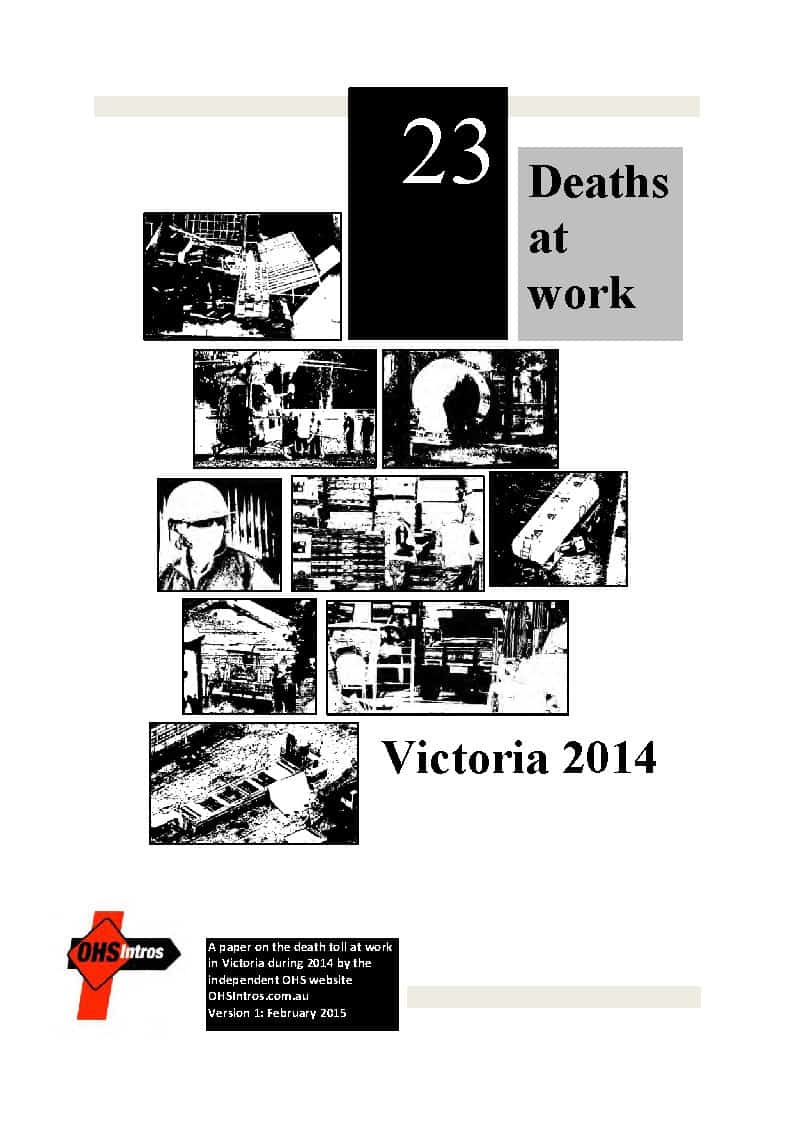 On 18 March 2015, the Melbourne office of Herbert Smith Freehills conducted a breakfast seminar that doubled as a launch for the latest edition of the CCH Wolters Kluwer book Australian Master Work Health and Safety Guide (reviewed recently). The seminar had three of the book’s authors talking about emerging occupational health and safety (OHS) and work health and safety (WHS) issues for Australia. These included
On 18 March 2015, the Melbourne office of Herbert Smith Freehills conducted a breakfast seminar that doubled as a launch for the latest edition of the CCH Wolters Kluwer book Australian Master Work Health and Safety Guide (reviewed recently). The seminar had three of the book’s authors talking about emerging occupational health and safety (OHS) and work health and safety (WHS) issues for Australia. These included
- The growth of WHS/OHS “Assurance Programs”
- The potential implications for the safety management from the Trans-Pacific Partnership and Free Trade Agreements.
- The OHS trend in the European Union for “Supply Chain Safety“.
The first two of these topics are discussed below.

